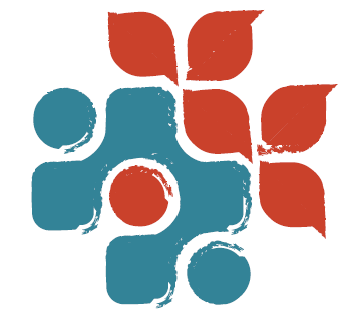Connect Therapy (TM) A holistic Approach to Physiotherapy
What is ConnectTherapy(TM)?
If you are in pain or have ever been in pain, you probably figured out ways to compensate (either consciously or subconsciously) in order to perform your daily activities as to not aggravate your symptoms. For example, if you have neck pain, twisting your trunk instead of turning your head to look over your shoulder. Now, this is a big picture example of how your body and nervous system adapt and compensate, but even if you are not in pain, your body is performing less obvious compensations all the time. This is usually a great thing! However, when it is the same compensations over and over again, it overloads the same body parts to the point of irritation and pain.
When a region in your body is stuck in a particular pattern, it limits options for how your body can perform tasks; it forces you to use the same movement patterns or compensations. Imagine dribbling a basketball with one arm tied behind your back: you can do it, but it’s much harder to fool your opponent because your options of how you can dribble the ball have been limited exponentially. The primary aim of ConnectTherapy (TM) is to unlock the area(s) of your body that are stuck in a particular pattern in order to restore those options that have been lost. This is done by assessing the entire body, and finding and restoring optimal function to those areas that are ‘stuck’. These areas are referred to as “drivers”.
ConnectTherapy(TM) is a revolutionary systematic approach to assessing and treating an individual as a whole. It was developed by Canadian researcher, teacher and clinical Physiotherapist Dr. Linda-Joy Lee. Over her years of researching and treating her patients, she discovered connections between regional dysfunction, pain, and whole body performance. It first began with her focus on treating and optimizing the thorax (aka the rib-cage). She noticed that optimizing the thorax made profound changes for some of her patient’s neck, shoulder, low back, pelvic girdle and abdominal wall function. This led to the development of the Thoracic Ring Approach (TM) . However, like anything in life, focusing on just one area (the thorax in this case) did not always help, and in some cases made things worse. This led her to expand her view to the entire body. Through her keen perception and deductive reasoning, she discovered that almost all of her patients had one or two (sometimes more) areas that were driving dysfunction to other regions in the body. Suitably so, she and her colleagues named these regions “drivers”. Most of the time, these “drivers” are not painful, but are stuck in a non-optimal pattern and transfer their duties onto other regions in the body that are less suited for those duties. In other words, other areas of the body have to compensate for the “driver(s)” in order to allow you to do whatever it is you are trying to do. For example, if an individual finds it easiest to use the pattern of bending their spine to pick something heavy up off the floor, it may be that their hip(s) have lost the option to bend optimally. Here, the spine is compensating for the hip(s) (potential driver).
The Whole Person assessment and treatment framework of ConnectTherapy(TM) is suitable for anyone and everyone, however certain individuals may appreciate this approach more than others. If you have sought treatment for an orthopaedic issue by a health professional and you experienced only temporary, marginal, or no relief, getting assessed and treated by a Physiotherapist trained in the ConnectTherapy(TM) model may be of benefit to you.
Why I chose ConnectTherapy(TM)
What drew me to learn ConnectTherapy(TM) started with my belief that nature shaped our bodies to be intelligent, self-restorative, and designed to move efficiently. Pain is a part of our intelligently designed bodies, and so, serves a purpose. Under most circumstances, pain is a warning signal to us that something in our body-mind is approaching its physiological limits, and requires some respite. By restoring optimal function and movement of the whole body, the ConnectTherapyTM approach is helping the body-mind to move in the way that it was designed to; as a consequence the painful areas are given the opportunity to back away from their physiological limits. My aim is to help you discover what efficient movement is for you and to guide you to reclaim self-restoration; the way nature intended.
--Romtin Shaaban-Khamseh, PT
